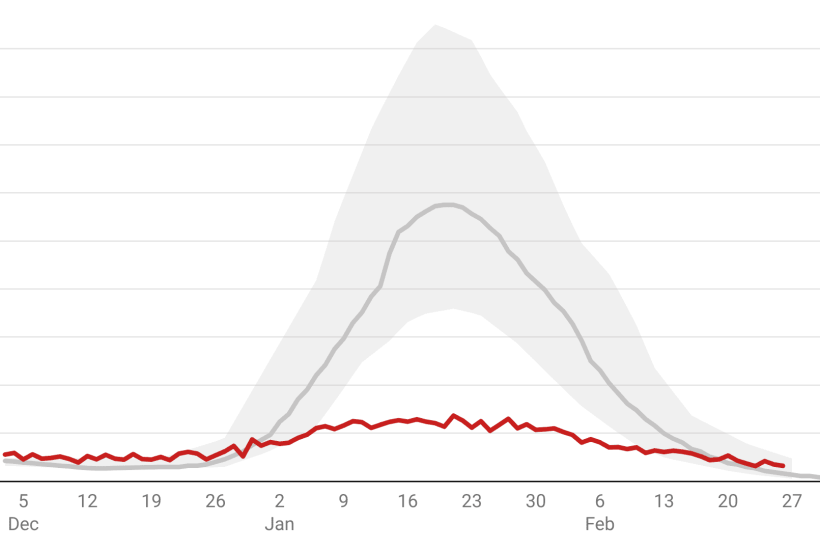The Sage committee was set up as a pool of experts on tap to advise government. During the pandemic, it mutated into something different: a group whose advice ended up advocating long lockdowns. Its regular meetings have now been discontinued, with questions being asked in No. 10 about whether it’s time to disband Sage and set up a new structure – in the same way that Public Health England was reformed and became the UK Health Security Agency.
Already a subscriber? Log in
Subscribe for just $2 a week
Try a month of The Spectator Australia absolutely free and without commitment. Not only that but – if you choose to continue – you’ll pay just $2 a week for your first year.
- Unlimited access to spectator.com.au and app
- The weekly edition on the Spectator Australia app
- Spectator podcasts and newsletters
- Full access to spectator.co.uk
Or




















Comments
Don't miss out
Join the conversation with other Spectator Australia readers. Subscribe to leave a comment.
SUBSCRIBEAlready a subscriber? Log in